Shavuot, the Feast of Weeks
serves as a beautiful reminder of the diversity of Jewish belief and practice and of the evolving nature of Jewish traditions.
The holiday, which takes place seven weeks after Passover, contains at least two different core ideas or themes, one agrarian and one mythic/historical.

On the agrarian front, Shavuot marks the conclusion of the grain harvest in ancient Israel, and is one of three pilgrimage festivals, when Israelites would offer their first fruits at the Temple in Jerusalem.

On the mythic/historic level, Shavuot is associated with the giving of the Torah at Mount Sinai. Shavuot customs include decorating synagogues and homes with greenery, playing with water, eating dairy foods, and engaging in all-night study sessions.
This year, Shavuot will be celebrated in a variety of creative ways around town:
- Check out the Shavuot celebration offerings on the community calendar.
- If you want to learn more about the range of Shavuot meanings and customs, check out Tova Birnbaum’s stimulating session at “Home Sweet Shavuot.”
- The APJCC Pool Party plays with the Israeli understanding of Shavuot as “The Holiday of Water,” inspired by the Jews of North Africa, who recognized the many ways Torah is likened to water in Jewish tradition. This is a way for families to celebrate the “Holiday of water”, as it is called in Israel, by being together in the pool and eating dairy foods.
The rabbis who focus on Shavuot’s connection with the giving of the Torah at Sinai disagree about exactly what was given at Sinai.
Some argue that the whole of the written Torah was given at Sinai. Others, that the whole written Torah was given along with the entire Oral Torah.
Others argue that only the Ten Commandments were given. And indeed, an early Hasidic master, Rabbi Mendel of Rymanov, argues that the revelation at Sinai consisted of only the first letter of the first word of the Ten Commandments: the aleph (the first letter of the Hebrew alphabet) of the word anochi, “I am.” Interestingly, an aleph, by itself, is silent. Gershom Scholem, a leading scholar of Jewish mysticism, comments, “with his daring statement that the actual revelation to Israel consisted only of the aleph, Rabbi Mendel transformed the revelation on Mount Sinai into a mystical revelation, pregnant with infinite meaning, but without specific meaning.”
The idea of a silent revelation imbued with infinite potential meaning suggests that revelation is alive and unfolding. It also suggests that we have an active role to play in uncovering and interpreting ultimate meaning.
As the ancient sage Ben Bag Bag says of Torah, “turn it and turn it for everything is in it. (Pirkei Avot 5:22)”
This Shavuot, may we give ourselves permission to attune to new resonances in an unfolding revelation and may we actively contribute to an unfolding, varied, and vital range of Jewish expression here in Silicon Valley.
Chag Sameach– wishing you a happy holiday, Rabbi Hugh




